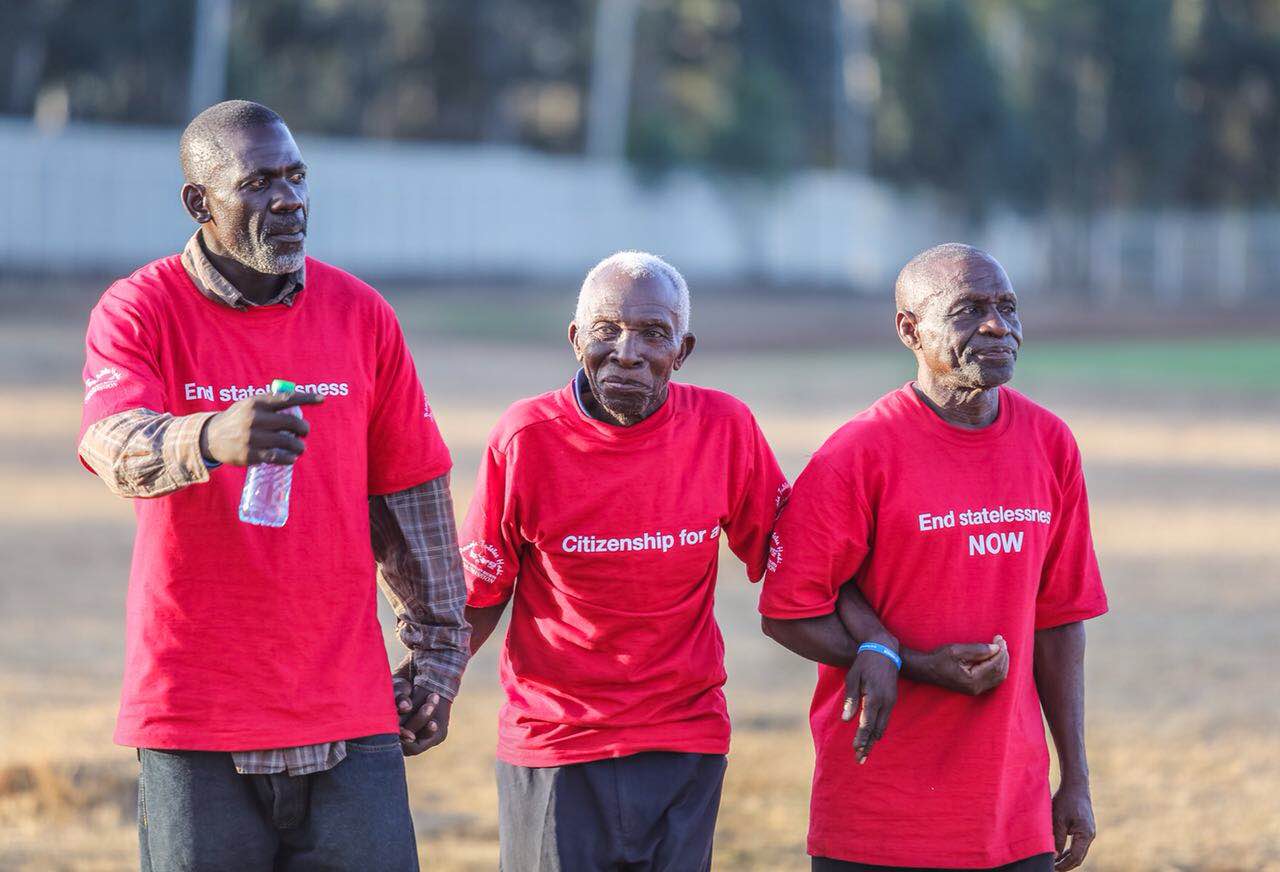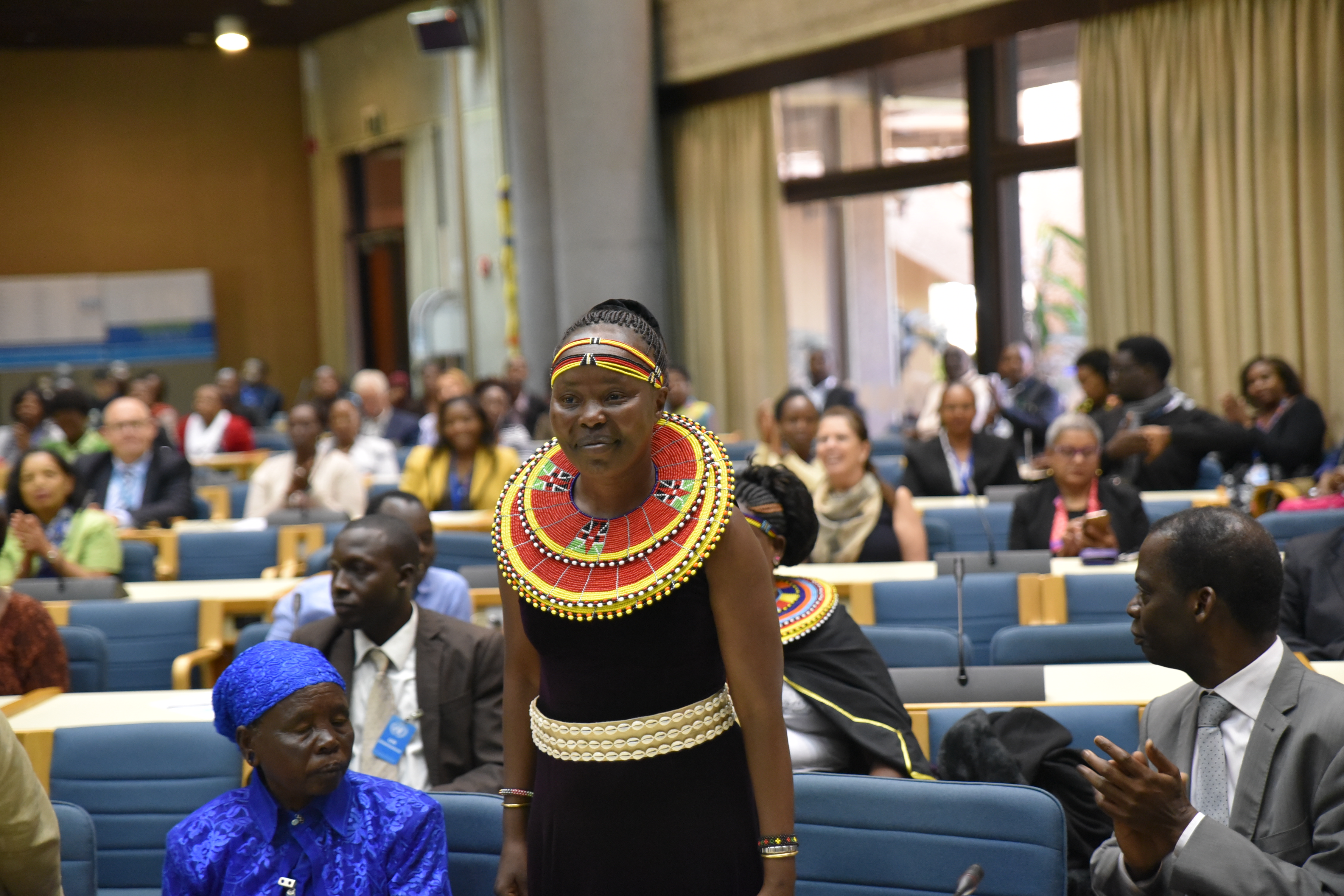Assistance
The Kenya refugee operation is often cited as an example of a protracted refugee situation with traditional refugee camps in place for the past 25 years.
The Kenya refugee operation is often cited as an example of a protracted refugee situation with traditional refugee camps in place for the past 25 years. In the last four years, however, the operation has been anything but static in responding to two major influxes from Somalia and South Sudan while undergoing a transition in terms of partnerships and innovations in the delivery of assistance. Some of the changes have been brought about by external factors, including increasing difficulties in mobilizing resources for the traditional camp model, and a greater realization by all actors of the unsustainable nature of the current approach.
The refugee assistance programme, as currently managed is based on the assumption that refugees would receive full assistance for their basic needs until such time they cease to be refugees. The overall cost of the Kenya refugee operation between 2011 and the beginning of 2015 has been $ 1.2 billion, most of which has been spent on food aid and the operation’s running costs. This coupled with challenges in accessing adequate resources for this traditional assistance model has necessitated the introduction of innovative and new methods of service delivery that seek to ensure the full participation of the refugees in project implementation in addition to being able to access funds from non-traditional donors.
UNHCR Kenya and its partners continue to provide vital assistance to all persons of concern with a focus on life saving sectors such as primary and secondary health care, nutrition, non-food items, water, sanitation, education, shelter, livelihoods, durable solutions as well as child protection and interventions to respond to and prevent all forms of gender based violence.
Through the support of the government, UNHCR has been able to ensure that refugees in urban areas are able to access services such as education and health in county and national government institutions. This has gone a long way in creating harmonious and peaceful co-existence with the Kenyan population which is able to relate to the refugees who live within their midst and are members of their communities.
Through improved prioritisation and strategic resource allocation the operation will hopefully be able to demonstrate that with the available resources it is possible to continue delivery of protection and basic services at acceptable standards, and also make some very important investments for the future and sustainability of Kenya’s refugee camps and their host communities.



